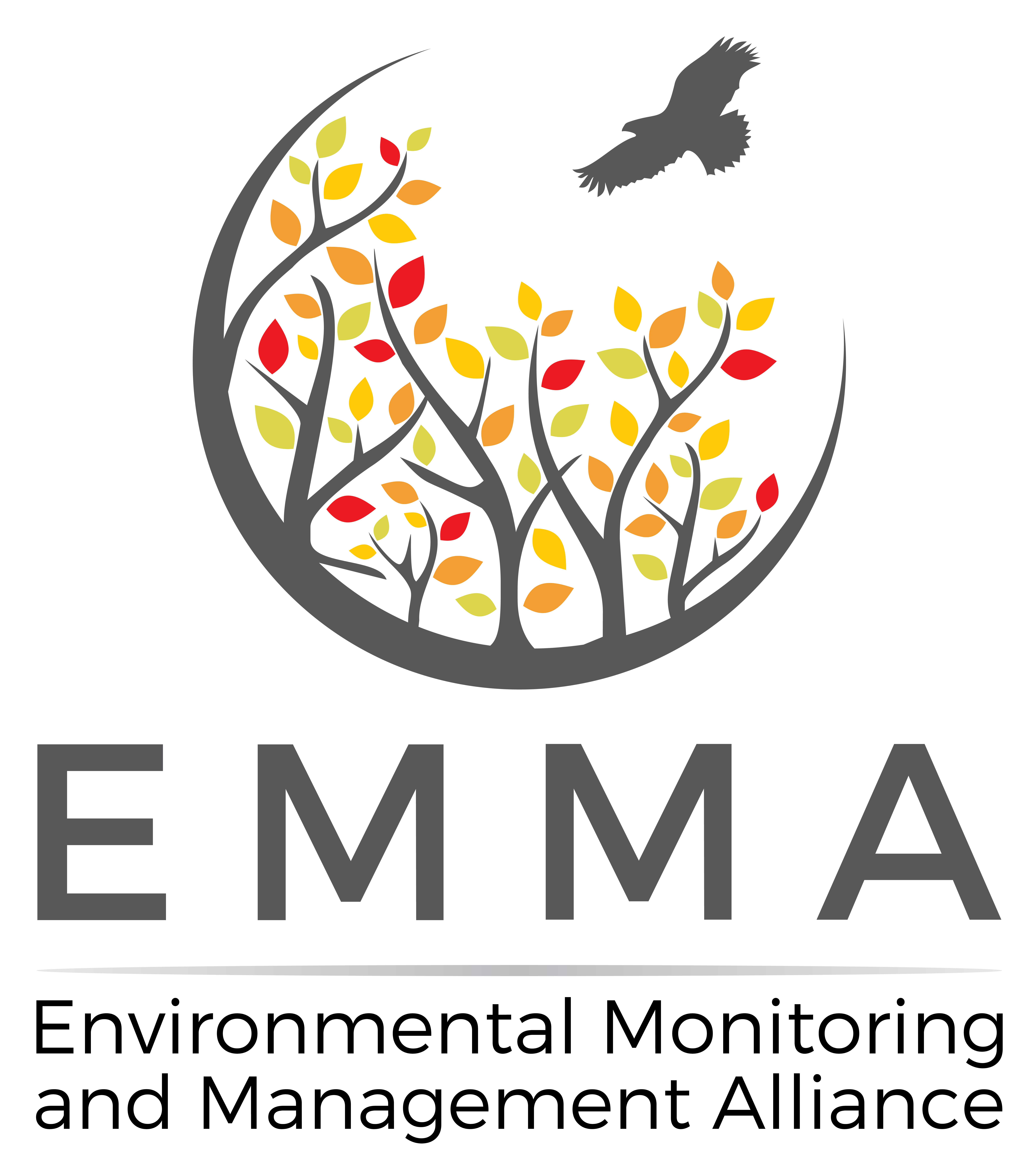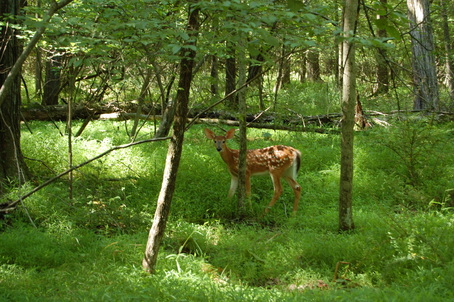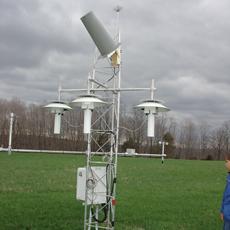The Environmental Monitoring and Management Alliance (EMMA)
Our Mission
To inform conservation through scientific research and ecological monitoring.
Our Vision
To be a dynamic, regionally-coordinated network that promotes sustainable land and natural resource management through field experiments, long-term monitoring, and shared scientific knowledge.
For more information about EMMA, please visit our website: http://www.emmahv.org/

About Us
Founded in 2013, and centered in the Hudson Valley of New York State, EMMA is an alliance of organizations and individuals committed to protecting ecological systems and developing sustainable land management and stewardship practices.
EMMA is comprised of 13 member organizations including:
Black Rock Forest Consortium (https://blackrockforest.org/)
Cary Institute of Ecosystem Studies (http://www.caryinstitute.org/)
Highstead (http://highstead.net/)
Hawthorne Valley Farmscape (https://hvfarmscape.org/)
Huyck Preserve and Biological Field Station (https://www.huyckpreserve.org/)
Louis Calder Center (https://www.fordham.edu/info/21457/the_louis_calder_center)
Mianus River Gorge (http://www.mianus.org/)
Mohonk Preserve (http://www.mohonkpreserve.org/)
New York Botanical Garden (http://www.nybg.org/)
Scenic Hudson (https://www.scenichudson.org/)
Teatown Lake Reservation (http://www.teatown.org/)
Vassar College's Vassar Farm and Ecological Preserve (http://farm.vassar.edu/)
Ward Pound Ridge Reservation (http://parks.westchestergov.com/ward-pound-ridge-reservation)
Monitoring Projects
EMMA has four priority issues that guide its monitoring projects: climate change, habitat loss and fragmentation, invasive species and deer overabundance.
EMMA currently has four ongoing monitoring projects. Several sites have additional monitoring projects such as forest and/or field species inventories. We encourage users to consult individual site websites and to contact site managers for more information. Some data from additional monitoring projects are presented here.
 Photo: EMMA
Photo: EMMA
Deer Exclosures – In order to assess the impacts of deer on forest regeneration, EMMA is monitoring plots that are inclusive and exclusive of deer. Plots are censused every 5 years.
 Photo: EMMA
Photo: EMMA
Phenology Trails - Phenology Trails - Phenology is the study of the timing of life cycle events, such as when birds migrate or when flowers bloom. Long-term monitoring of plant phenology will allow EMMA to assess the effects of climate change on our habitats and native flora. A subset of the EMMA sites monitor a variety of native plant species. Data are submitted to the USA National Phenology Network, a nation-wide citizen science program. To download our phenology data, please visit:
- The National Phenology Network at https://www.usanpn.org/results/data.
 Photo: EMMA
Photo: EMMA
Weather Stations – To monitor climate change and to provide background data for EMMA and other research projects, weather stations are located at most sites. Several sites have more than one weather station and some weather stations have long-term data. To access weather data:
- EMMA Weather Station Data - Cary Institute of Ecosystem Studies
- EMMA Weather Station Data - Vassar Farm and Ecological Preserve at Collins Field Station
- EMMA Weather Station Data - Mohonk Preserve
- EMMA Weather Station Data - Louis Calder Center
- EMMA Weather Station Data - Huyck Preserve
- EMMA Weather Station Data - New York Botanical Garden
- EMMA Weather Station Data - Teatown Lake Reservation
- EMMA Weather Station Data - Ward Pound Ridge Reservation
Habitat Fragmentation – A method to calculate an index of habitat fragmentation at and around the different EMMA sites will be developed to allow for assessment of various impacts of habitat fragmentation. Land use and habitat fragmentation will be measured regularly using raw geographical data such as the United States Geological Survey National Land Cover Dataset (USGS NLCD) and habitat fragmentation indexing tools such as those developed by University of Connecticut (UCONN).
Forest and Field Monitoring – Several sites in the EMMA network inventory forest and field plots on a regular basis. While this is not one of the EMMA projects, the data may be useful in evaluating conditions across the EMMA network. The protocols vary from site to site. Please refer to the metadata for protocols for each site.
